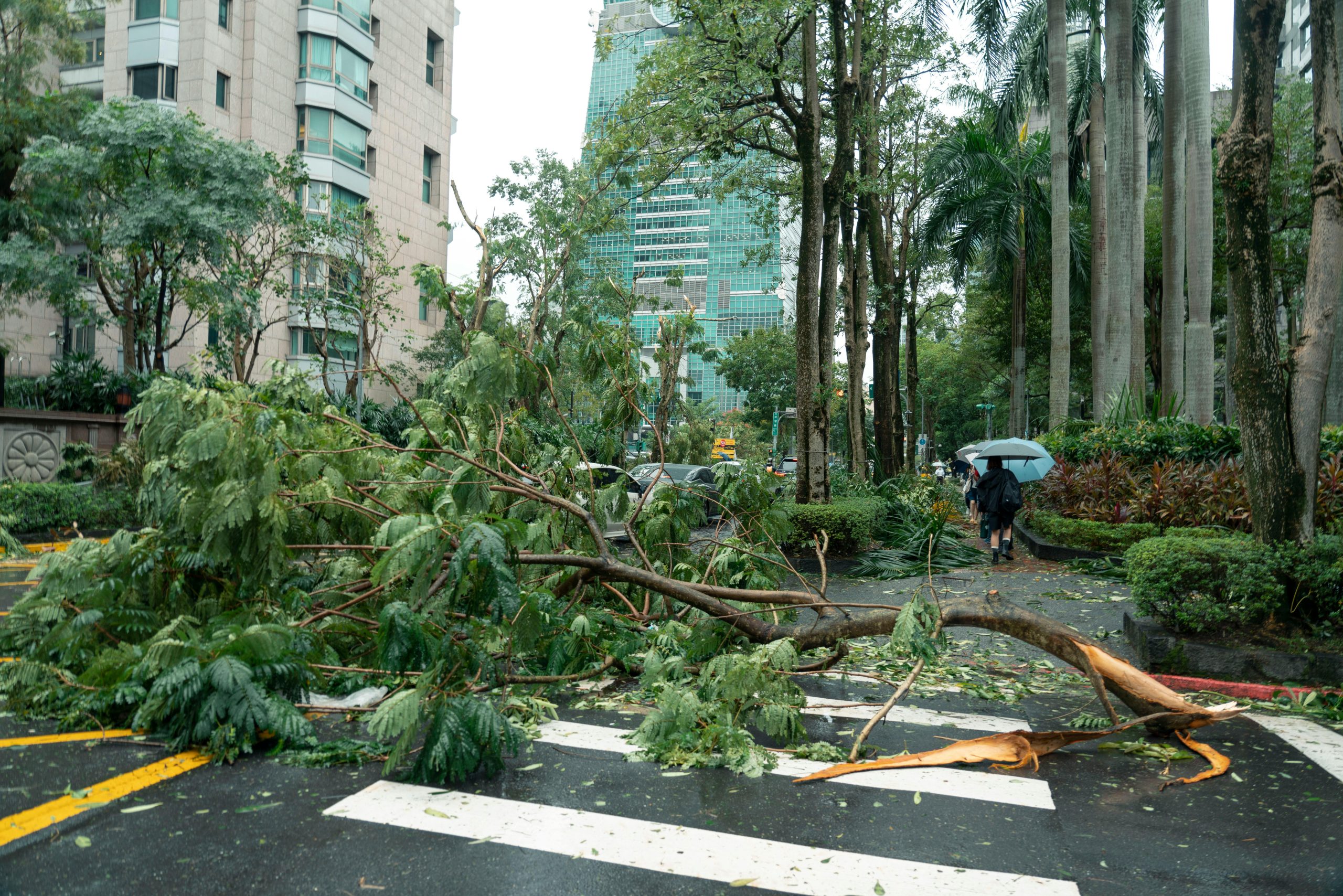A powerful bomb cyclone battered the northwestern United States and parts of Canada on November 19-20, 2024, causing widespread devastation. The storm, which intensified rapidly, has left at least two fatalities in its wake and plunged over 1.8 million people into darkness due to power outages.
Impact in the U.S. and Canada
The bomb cyclone brought tropical-storm-force winds, gusting up to 113 km/h (70 mph) in parts of the U.S., and 160 km/h (100 mph) off the coast of Vancouver Island, Canada. These fierce winds, coupled with heavy rainfall and snow, caused significant damage across Washington, Oregon, California, and British Columbia. Over 600,000 customers (around 1.5 million people) lost power in the U.S., while 140,000 customers (approximately 335,000 people) were affected in British Columbia.
The storm’s severe conditions led to fatalities and injuries. In Lynnwood, Washington, a woman died when a large tree fell on a homeless encampment. Another woman was killed in King County, Washington, when a tree collapsed onto her home. Additionally, at least two others were injured when a tree struck their trailer in Maple Valley, southeast of Seattle.
Widespread Damage and Structural Threats
The bomb cyclone caused significant structural damage as trees were uprooted and power lines were knocked down. Social media reports and images showed debris-laden streets, fallen trees, and destroyed properties across affected areas.
The National Weather Service (NWS) described the storm as one of the most intense on record, particularly in areas like Medford, Oregon, where it surpassed the bomb cyclone classification threshold, with a pressure drop of more than 24 millibars over 24 hours.
Heavy rain and snow were also contributing to flooding concerns. In some areas of northern California, up to 200 mm (7.8 inches) of rain were predicted, raising fears of flash floods, mudslides, and rockslides.
Ongoing Weather Risks
As of Wednesday, November 20, meteorologists were warning that the worst of the storm had yet to come. The National Weather Service reported that the most intense phase of the bomb cyclone would continue to impact the region, especially on Thursday, November 21, with a High Risk warning for excessive rainfall in parts of northern California. An additional low-pressure system developing off the coast is expected to exacerbate the situation, amplifying the atmospheric river in the region.
Severe Coastal Conditions and Travel Disruptions
The storm also created extremely rough seas off the Pacific Northwest coast, with buoys recording waves up to 10.4 meters (34 feet). Along with the widespread power outages and road closures, schools were forced to close in parts of Washington State due to downed trees and power disruptions.
Residents were advised to stay off the roads and remain in safe, secure areas until conditions improved. Emergency shelters were set up for those affected by power outages, and authorities continued to clear debris and restore infrastructure across the region.
Looking Ahead
As recovery efforts continue, the storm’s legacy of destruction underscores the increasing frequency and intensity of such extreme weather events. Experts are raising concerns about the link between climate change and more extreme weather patterns, with intensified storms like this bomb cyclone expected to become more common in the coming years.
With more rain and wind expected in the days ahead, local governments, utilities, and emergency services are working around the clock to restore power, clear debris, and protect residents from further harm.
References:
- BBC News – Bomb Cyclone Claims Lives, Cuts Power for Thousands in the U.S. Northwest
- Reuters – Over 600,000 Lose Power in U.S. as Bomb Cyclone Hits Pacific Northwest
- National Weather Service (NWS) – Short Range Forecast Discussion – November 20, 2024


